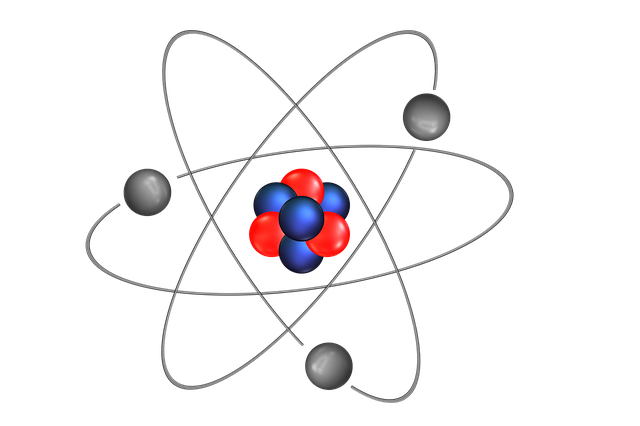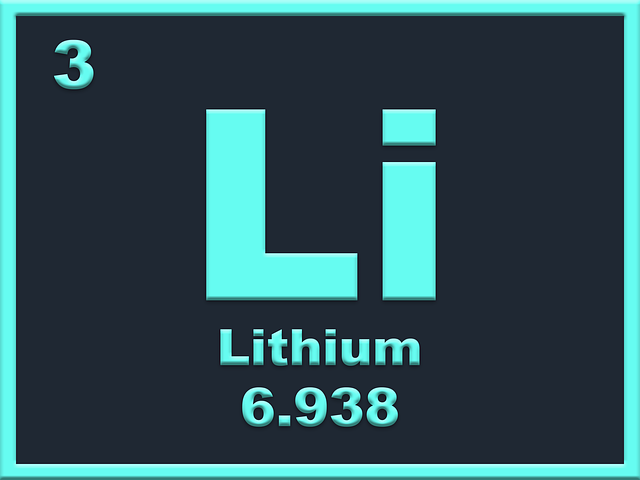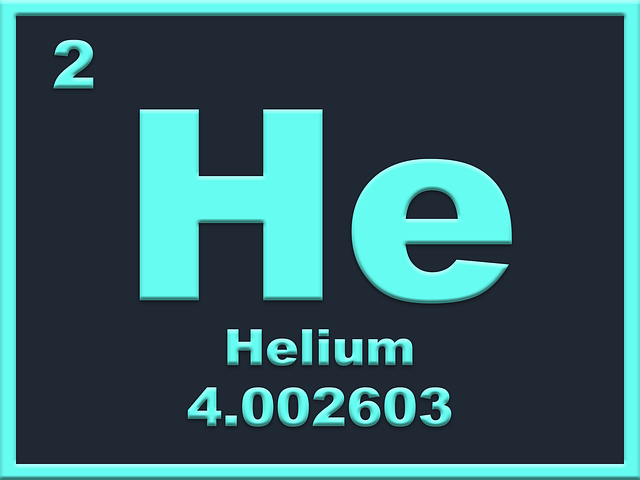Lithium has 4 neutrons. There are two stable isotopes of Lithium, Lithium-6, and Lithium-7. Lithium-6 has 3 and Lithium-7 has 4 neutrons. Lithium-6 is 7.59% found in abundance while Lithium-7 has 92.41% abundance in nature.
Where does lithium come from?
Astronomically it was created with beryllium and boron in the Big Bang. Remarkably Lithium is less abundant than other elements in the Universe. It is found in certain anomalous orange stars as well as brown dwarf substellar objects.
According to the Handbook of Lithium and Natural Calcium, "Lithium is a comparatively rare element, although it is found in many rocks and some brines, but always in very low concentrations. There are a fairly large number of both lithium mineral and brine deposits but only a comparatively few of them are of actual or potential commercial value. Many are very small, others are too low in grade."
It is highly reactive and does not found in elemental form. Earth's crust has some 20 to 70 ppm by weight. The largest concentration of lithium can be found in granite rocks while pegmatites providing the greatest abundance of lithium-containing minerals spodumene and petalite being the most commercially viable sources. Other minerals are lepidolite and hectorite clay. Chile had the largest reserves by far. Bolivia, Argentina, Australia, and China are the major supplier.
What does lithium do?
Lithium is used as a mood stabilizer. It is helpful in the treatment of the bipolar disorder. It could possibly help in cluster headaches treatment. Lithium salt could be helpful in diagnoses of cyclic depression and schizoaffective disorder. But it can increase the risk of developing Ebstein's cardiac anomaly in infants. The corrosive nature of lithium can cause skin damage when handling without protection. It is very reactive with water like sodium metal and can blast in cold water. Therefore it is safely stored in non-reactive compounds like Naptha. High concentration of lithium dust can cause pulmonary edema when inhale.





